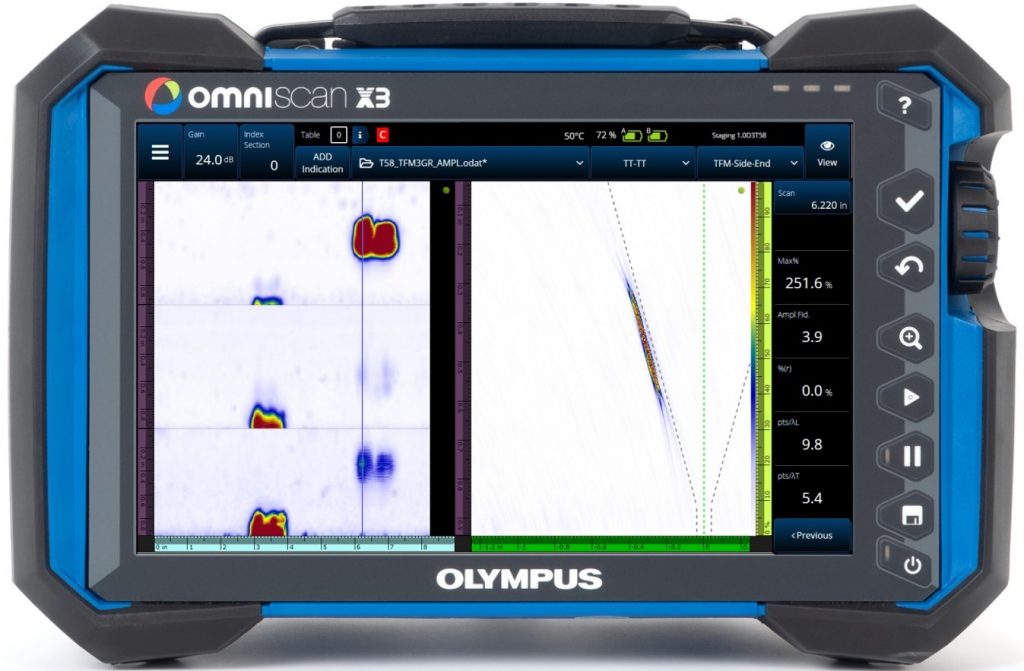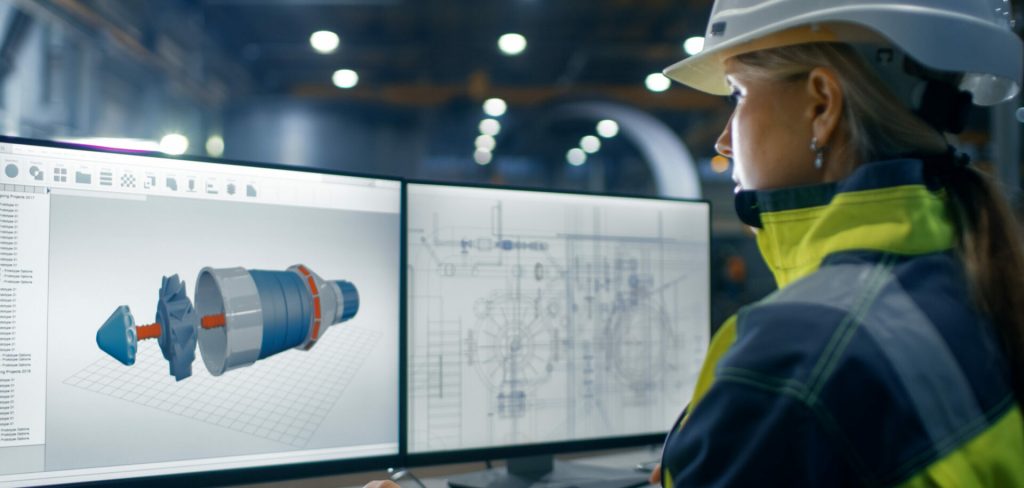Non-destructive tests are tests that allow us to know the state of a component or part without modifying its structure and properties (this is precisely the reason for its name). This great advantage of not altering the materials results in great benefits, not only technical, but also economic, which make this type of testing highly demanded in the industry, both for those components that are in manufacturing processes and for which are already in service.
Non-destructive tests are preventive tests, known by the acronym END or NDT, used to detect flaws and/or lack of thickness, they can be classified according to the following methods:
- Ultrasound
- industrial radiography
- Penetrating Liquids
- Magnetizable Particles
- Induced Currents or Eddy Current
- Visual inspection
The first two non-destructive tests are used mainly for volumetric inspections, despite the fact that with certain Ultrasound transducers superficial type tests can be carried out. Meanwhile, Magnetizable Particles and Eddy Currents are used for surface and subsurface tests, Penetrating Liquids for surface tests and Visual Inspection, by means of videoscopes, is widely used to see areas to which there is no access, such as For example, a combustion chamber in an engine, without the need to disassemble it.

It is also important to highlight that, within Ultrasound, there are advanced inspection techniques such as the following:
- Phased Array
- Time of Flight Diffraction (TOFD)
- Full Matrix Capture (FMC) and Total Focus Method (TFM)
These techniques, available on portable equipment, use all their technology to give us very sharp and high-definition images. In addition, they allow us to see the results of the test in situ, as it is being carried out, and there is no need to carry out image processing once the inspection has been carried out. In turn, they also leave us a complete record of the inspection carried out, which is a great benefit compared to conventional Ultrasound.
Both Phased Array and TOFD and FMC / TFM are techniques that are not harmful to the health of the operators or the environment, and in order to carry them out, it is not necessary to comply with regulations.
Thanks to technological advances in
the methods and techniques mentioned, used for non-destructive tests, today can be inspected, in very
reduced, different types of steel, aluminum, bronze, polymers,
compounds, among others, with complex geometries that until recently
ago they could not be controlled by the methods mentioned up to here.

Content originally produced by Wise Marketing for RING SA


